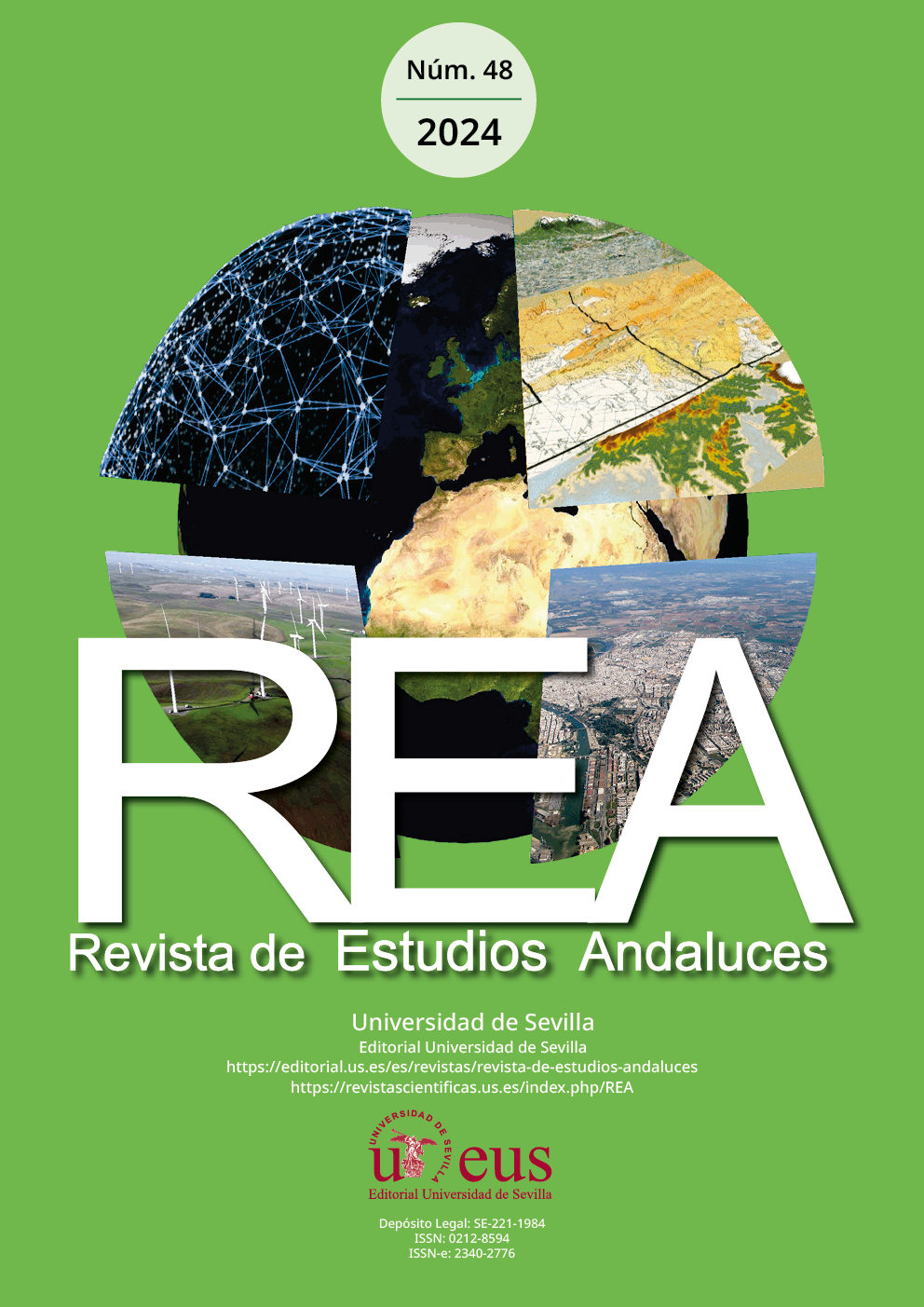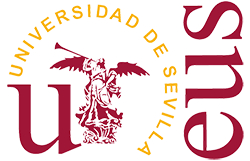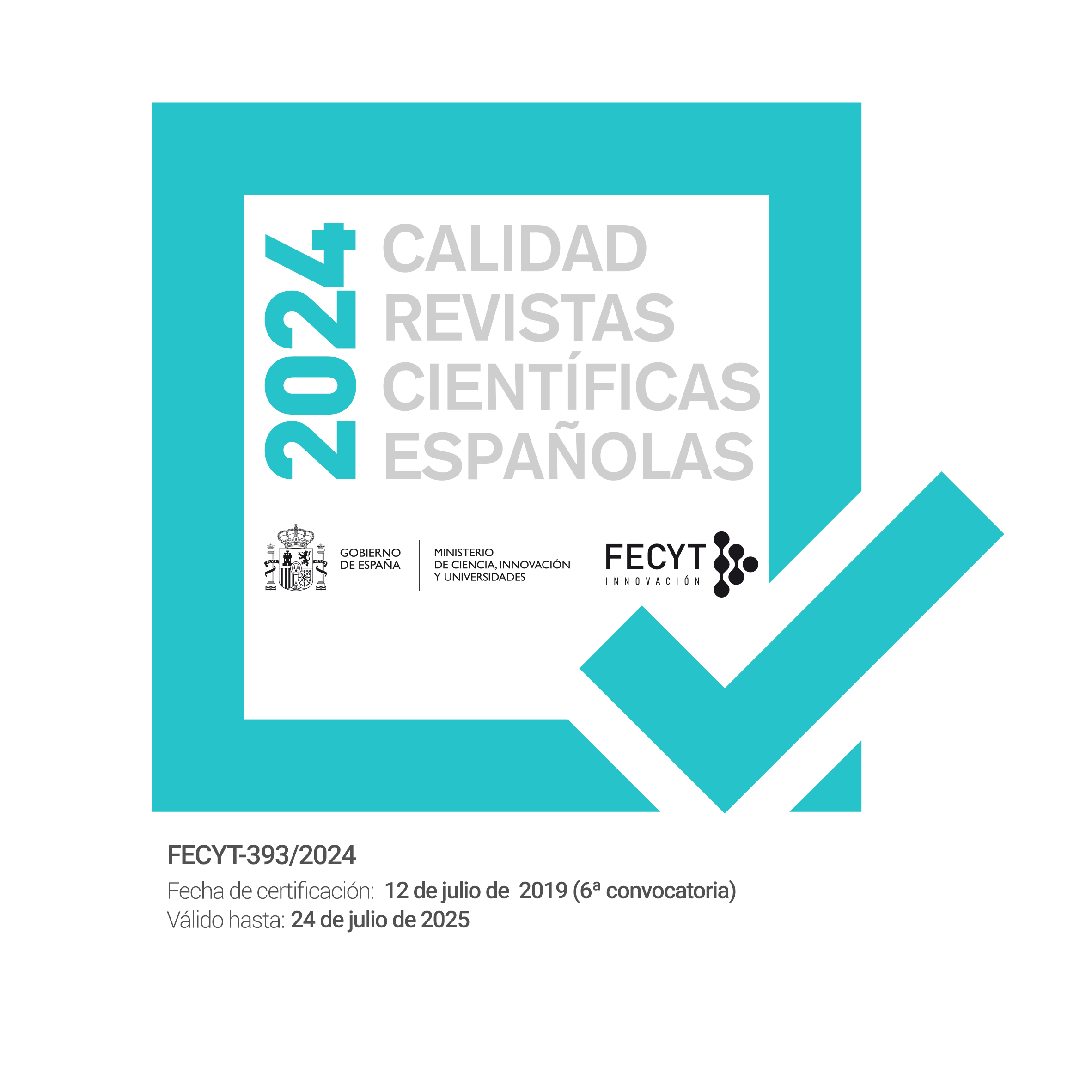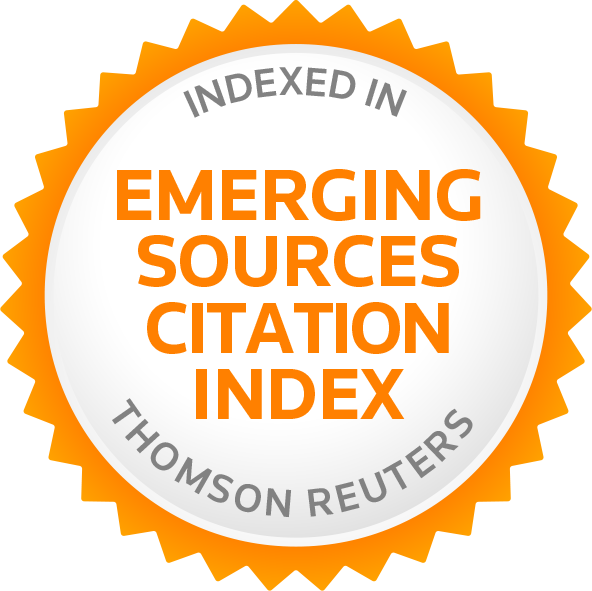Argania spinosa and Tetraclinis articulata seedling regeneration factors in the lower valley of Wadi Tamri (Morocco)
Abstract
The forest landscape of the lower valley of Wadi Tamri is a geographical space composed of interaction and perpetual dynamics elements. The degradation observed in the past results from often inadequate silvopastoral practices. Nevertheless, a light of hope for the future of this forest currently lies in the existence of the natural regeneration of the Argan and Thuya trees, the effect of the agricultural abandonment on the slopes following the rural exodus, the development of the forestry capital by the State and the impact of good management practices of natural resources adopted by the local population itself. To examine the dynamics of the forester landscape, we have prospected dozens of plots in the Argan and Thuya zones. In this sample, we counted the natural seedlings, conducted floristic surveys, and briefly described various ecological and geomorphological variables. Then, we developed a statistical database to spatialize and quantify this phenomenon with cartographic tools (GIS). The analysis of these dynamics highlighted the factors of installing young seedlings with all the necessary explanations. The results have clearly shown that the most significant families in this landscape include the Asteraceae and Fabaceae (13%), with the Lamiaceae (10%) following closely. Additionally, the Euphorbiaceae, Solanaceae, Cistaceae, and Anacardiaceae contribute the same percentage (5%). The remaining 18 families each constitute only 3%. Regeneration of young Argan and Thuya trees from seedlings displays varied morphologies, influenced by age and grazing effects, often accompanied by nursery plants. Rocks and blocks serve as significant shelters for seedling germination. Meanwhile, topographic analysis highlights the impact of differing slope gradients for this seedlings. Argan and Thuya seedlings both presents the highest percentage (40% and 50%) observed on mid-slopes and upper slopes. Notable presence of seedlings observed on various slope exposures, especially those facing West, North, North-West, and South-West. Field sampling reveals a correlation between natural regeneration and tree cover density, emphasizing the significance of medium-dense tree cover, even in humanized landscapes, with notable regeneration observed in abandoned terraces and formerly cultivated land in Thuya unit, showcasing ecosystem resilience in this region. Overall, this study offers a preliminary scientific foundation for further investigation into the natural regeneration of Argan and Thuya amidst ongoing climate change, while also serving as a cornerstone for decision-making in conserving these forest heritages.
Downloads
Published
How to Cite
Issue
Section
License
Copyright (c) 2024 Revista de Estudios Andaluces (Journal of Andalusian Studies)

This work is licensed under a Creative Commons Attribution-NonCommercial-ShareAlike 4.0 International License.
The electronic edition of the Revista Estudios Andaluces has been offered in open access since issue number 28 published in 2011 to the present day. The printed and electronic editions of this Journal are edited by the Seville University Press, and it is necessary to expressly cite the source for any partial or total reproduction.
The Journal “Revista de Estudios Andaluces” does not have either article submission charges or article processing charges (APCs). The Journal is free from the moment each issue is published and its contents are distributed under the “Creative Commons Attribution-NonCommercial-NoDerivs 4.0 International” licence, which allows the user of the Revista de Estudios Andaluces open access in accordance with the criteria of the Budapest Open Access Declaration. You can consult the informative version and the legal text of the licence here. This fact must be expressly stated in the above form when necessary.







